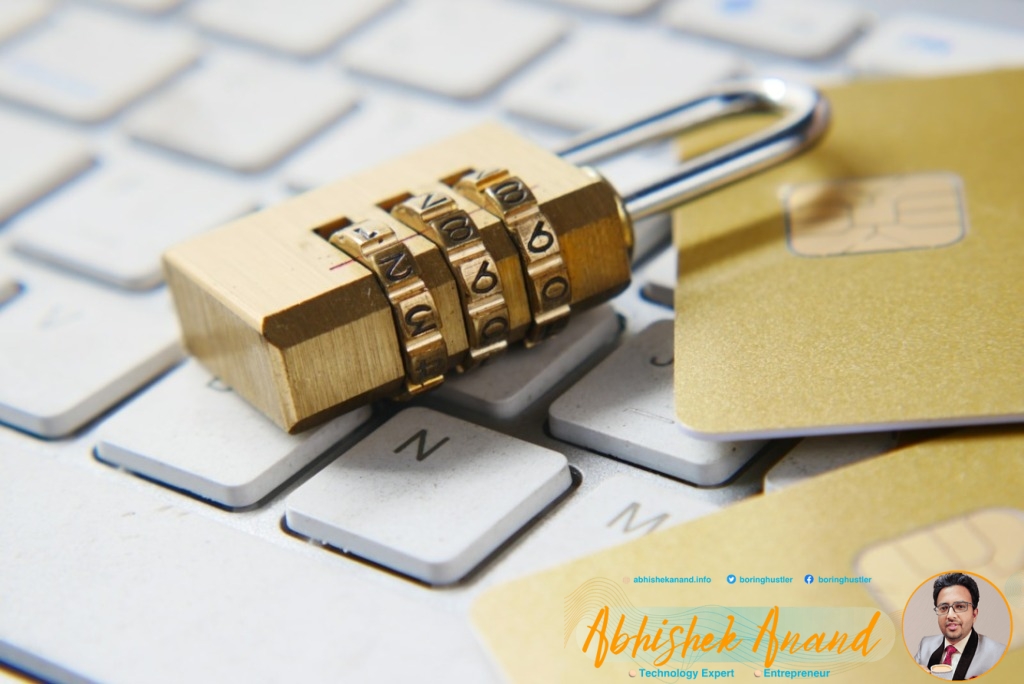In this digital age, cybersecurity is more important than ever. With the rise of modern threats such as phishing scams, hacking, malicious viruses, and other cyber-attacks, it is critical to ensure the security of a website connection. This will safeguard your data and keep confidential information safe. But how do you know if a website connection is safe? This article will explain how to load sites securely while also protecting yourself from harm.
Activating JavaScript and Cookies
Enabling JavaScript and cookies is one of the most important steps to take when securing a website connection. JavaScript is a programming language that is primarily used by web developers. It aids in the creation of interactive web pages and online applications, as well as the enhancement of a user’s browsing experience. Cookies, on the other hand, are files that are saved on a user’s computer and can be used to remember preferences and track activity. Users risk exposing their browsing behavior and having confidential data or online banking credentials stolen if neither of these is enabled.
While both of these may appear to be complicated, the process for enabling them is relatively simple. The majority of desktop browsers have a “options” icon near the top right corner of the page. Select “privacy and security” after clicking on this. There should be a checkbox in the dropdown menu to enable JavaScript and Cookies. The procedure for mobile browsers is slightly different and varies depending on the type of device and browser used. However, the majority of them have an option under “advanced options” in the “settings” menu.

Security Review
After enabling JavaScript and Cookies, it is critical to conduct a security audit on any website you connect to or use. Indeed, one of the most popular job search websites conducts a security audit on all connections to its site. A Ray ID, which serves as a unique identifier for each connection, is included in the review. While the Ray ID may appear to be a random jumble of numbers and letters, it is crucial in ensuring the security of your connection.
Another security measure employed by Indeed is the use of a third-party service provider for performance and security. This service is in charge of detecting malicious content, malware, and online threats. It is recommended that you install anti-virus software and enable a firewall to further secure your connection. These safeguards will aid in the prevention of viruses and other malicious software that can steal a user’s data.
Securing a website connection is a difficult task, especially at sites such as indeed.com. Enabling JavaScript and cookies, conducting a security audit, and installing required software are all critical components of maintaining a safe and secure connection. Taking the time to do this not only keeps you safe but also helps to protect the website’s and its users’ integrity.
SSL (Secure Socket Layer) Certificates
An SSL Certificate is another measure that can be taken to secure a website connection. These certificates are digital documents that are installed on websites to help secure and encrypt data transmitted between the server of the website and the user’s browser. Installing an SSL certificate ensures a secure connection by encrypting all data transmitted between the user and the website.
HTTPS as a Communication Protocol
When connecting to a website, always use HTTPS as the connection protocol. This is the encrypted version of the Hypertext Transfer Protocol (HTTP), which is used to send data over the internet. HTTPS is the most secure connection protocol available and should be used to protect sensitive data whenever possible.

Please Update Your Browsers
It is also critical to keep browsers up to date. Both desktop and mobile browsers provide updates regularly, and these should be installed as soon as possible. This will not only help to reduce the likelihood of security flaws and loopholes, but it will also help to improve browser performance. Furthermore, if a browser has an auto-update feature, it is strongly advised to enable it.
Examine the URL
Always check the URL when connecting to a website. The majority of reputable websites use something called a “secure socket layer,” or SSL for short. A “lock” symbol next to the URL usually indicates this. This icon indicates that the website’s connection is secure and that any data sent to it is encrypted.
Avoid Using Unverified Links
Finally, it is critical to avoid untrusted links. These are unvetted hyperlinks that may contain malware, viruses, or other cyber threats. Before clicking on a link, always ask yourself if it appears legitimate and if it comes from a reliable source.
Reliable Sources
When it comes to engaging with websites, it is best to stick with those that you are familiar with and trust. Reputable websites such as Indeed, LinkedIn, and Google are all examples of safe and trustworthy sources. Before using any website, it’s a good idea to look into the company behind it and see what kind of security measures they have in place.
Be wary of phishing attempts
Another major threat that is on the rise in phishing scams. These are bogus emails, texts, or websites designed to steal sensitive information from unsuspecting victims. Always be wary of emails, texts, links, and URLs from unknown sources, and never provide personal or financial information unless the sender can be verified.
Data Security Requirements
Finally, when using websites, it is critical to review their data protection policies. Most websites should have a privacy policy that explains how they use and store your information. If a website does not have a privacy policy or any other security-related information, it is best to leave and find a more trustworthy source.
These are just a few of the steps people can take to protect their website connection. While there may be a lot of work involved, it is well worth the effort to ensure data security and safe browsing.

Conclusion
Securing a website connection necessitates the user’s diligence and effort. Taking the necessary precautions, such as enabling JavaScript and cookies, installing anti-virus software and a firewall, and avoiding unverified links, will all contribute to a safe and secure connection. Always remember that properly securing a website connection can help protect confidential data and keep malicious threats at bay.
FAQs
Q: What precautions should I take to ensure a secure website connection?
A: Enabling JavaScript and Cookies, conducting a security audit, and installing anti-virus software are all important steps in maintaining a secure website connection. It is also critical to ensure that the connection protocol is HTTPS and to avoid using unverified links.
Q: What exactly is an SSL Certificate?
A: An SSL Certificate is a digital document that is installed on websites to help secure and encrypt data sent between the server of the website and the user’s browser. Encrypting all data sent between the user and the website helps to ensure a secure connection.
Q: How can I tell if a website is secure?
A: The majority of reputable websites use something called a “secure socket layer,” or SSL for short. A “lock” symbol next to the URL usually indicates this. Investigate the company behind the website to see what security measures they have in place. Furthermore, it is critical to avoid untrusted links that may contain malware, viruses, or other cyber threats.
TL/DR:
Always verify the URL and enable JavaScript and Cookies to ensure a secure website connection. Install anti-virus software, and a firewall, and keep browsers up to date. Be wary of phishing scams and only interact with websites you know and trust. Before engaging with any website, research its data protection requirements. Taking these precautions will help to safeguard sensitive data and keep malicious threats at bay.

